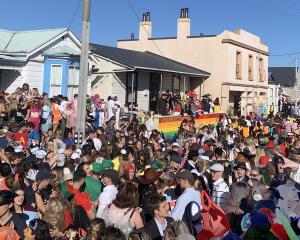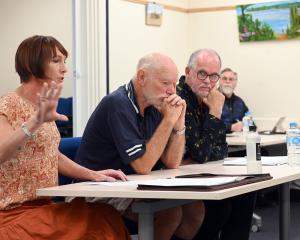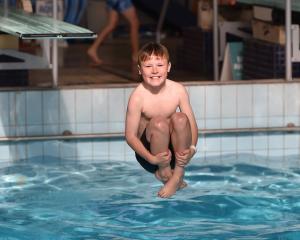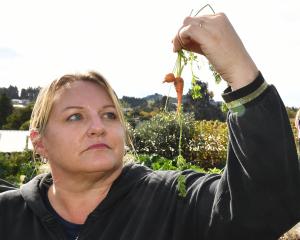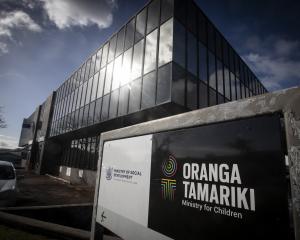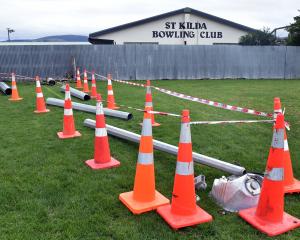
And most importantly, she is single.
Royal albatross Blue Lime White’s dating profile may make her sound like a colourful, fun and easy-going chick, but in reality, she is pretty fussy when it comes to finding "Mr Right".
Affectionately named BLW, she was the first albatross to return to Taiaroa Head this year after circumnavigating the southern hemisphere, and Department of Conservation staff are hoping this might be the year she finds the partner of her dreams.
Otago Peninsula Trust marketing manager Sophie Barker hoped it would be a developing love story.
"She’s looking for love this year.
"If she gets it on — that’s not a technical term — she might be hatching her first chicks in November.
"She’s first in this year. That shows initiative. She’ll have the pick of the bunch.
"Often it’s the boys that are first in, so this is exciting."
BLW’s arrival on Wednesday signifies the start of the annual return of toroa/northern royal albatross for the 2020-21 breeding season at Taiaroa Head.
To celebrate the event, Dunedin’s churches, schools and public buildings will peal their bells across the city at 1pm on Monday.
Royal Albatross Centre manager Hoani Langsbury said it was a great time to visit the colony.
"Viewing can be fascinating as albatross renew their pair bonds with grooming and flying displays, while also choosing a place to nest.
"The adolescents without mates will be in party mode, doing what teenagers do, impressing prospective mates, building pair bonds and showing off."
The colony is home to more than 250 toroa which, once mature, breed every two years.
In 2019, the colony celebrated 100 years since the first egg was laid in 1919.
Comments
Are you helping to kill these birds?
The most pervasive threat to Albatross species including this one is accidental mortality and injury arising from interactions with human fishing activities, especially longline and trawl fisheries. These interactions have been implicated in the dramatic population declines witnessed around the globe and are the focus of conservation efforts. Longline fisheries are known to be responsible for the deaths of foraging Royal Albatross.
It is likely that occasional individual mortality results from becoming entangled, being affected by oil or other chemical pollutants, or ingestion of plastics or other marine pollutants.
DoC research showed that of 16 female Antipodean albatrosses being monitored with tracking devices in 2019, two appeared to have been caught and killed by longline fishing vessels.
Five Antipodean albatross killed by a New Zealand long-line fishing boat in the Bay of Plenty region were just one of 30 species of seabird killed in New Zealand fisheries last year.




